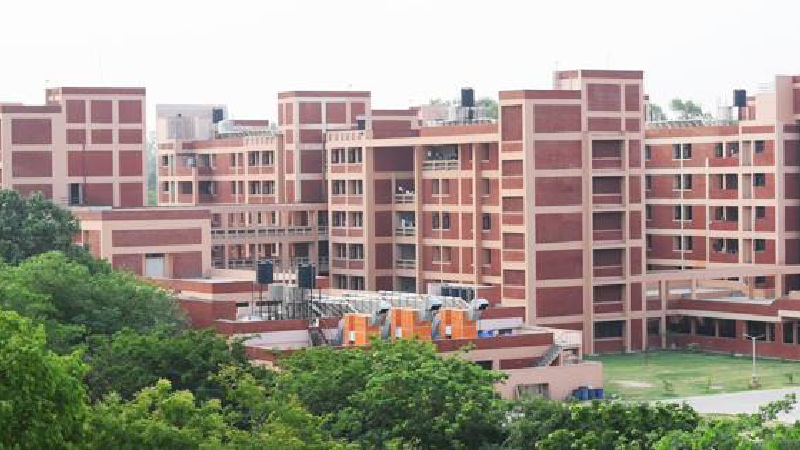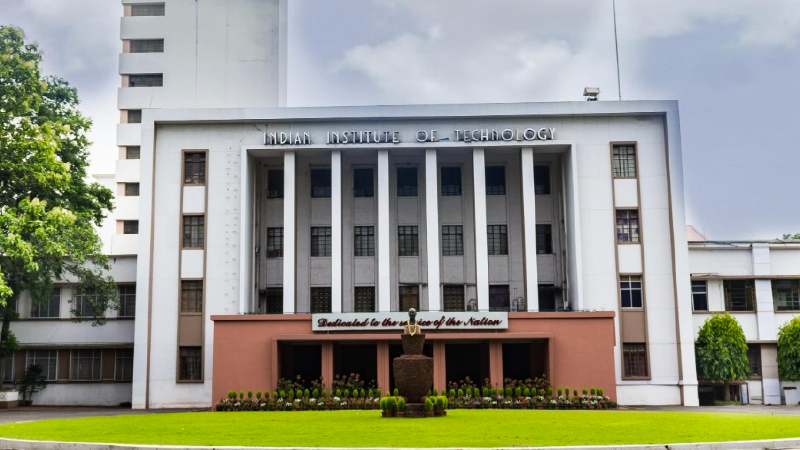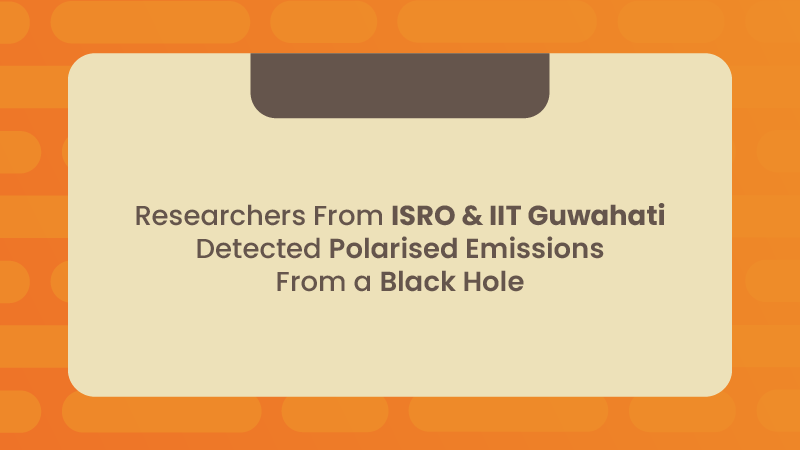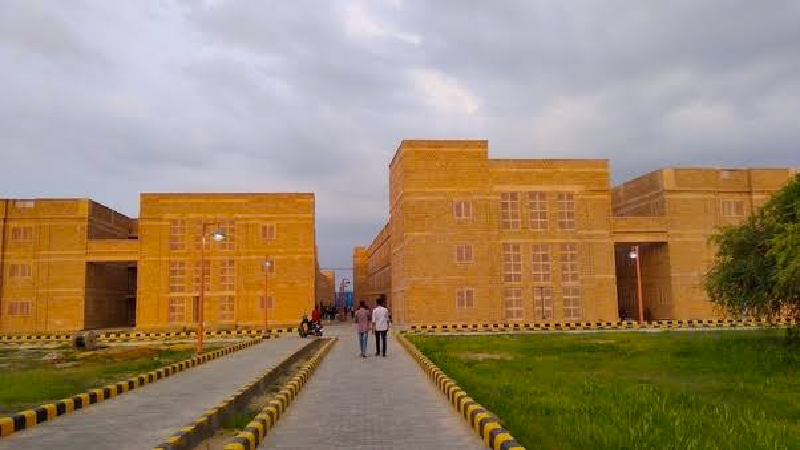Trending Now
Thursday, Nov, 2024
Home / Intel Helped Two Researchers Create an AI-based Model that Detects Breast Cancer More Accurately
Intel Helped Two Researchers Create an AI-based Model that Detects Breast Cancer More Accurately
Two researchers- Dr. Madhu Nair from the Artificial Intelligence & (CUSAT) Computer Vision Lab, Cochin University of Science and Technology, and Dr. Asha Das from Union Christian College, India have developed a novel method to help diagnose breast cancer in its early stages.
 by Pragti Sharma /
by Pragti Sharma /  24 Dec 2022 17:23 PM IST /
24 Dec 2022 17:23 PM IST /  0 Comment(s) / 571
0 Comment(s) / 571

Two researchers- Dr. Madhu Nair from the Artificial Intelligence & (CUSAT) Computer Vision Lab, Cochin University of Science and Technology, and Dr. Asha Das from Union Christian College, India have developed a novel method to help diagnose breast cancer in its early stages.
The two researchers have developed a model called NAS-SGAN, which can distinguish the different cancer grades. Their model leverages deep learning and utilizes labelled and unlabelled images to gain high accuracy.
Dr. Madhu Nair and Dr. Asha Das have worked with Intel on this project. For the best results, the deep learning solution they utilized needed to process high-resolution images but was limited by the GPU’s incapacity to hold the entire AI model in memory. To help overcome this, Intel enabled the two researchers with a technology architecture based on its Xeon Scalable processors.
NAS-GAN works in two phases:
A GAN (Generative Adversarial Network) is used to develop images- indistinguishable from real histopathological images. The GAN is prepared using unlabelled images that are relatively easy to obtain.
The newly developed images are used to help the solution understand the data distribution. The GAN discriminator is then trained with the labelled images to anticipate the cancer grades. The NAS-SGAN procedure uses four servers based on Intel Xeon Scalable processors, which ready the solution in parallel, with 192GB of memory per server. Meanwhile, Intel Optimization for TensorFlow makes it effortless to use acceleration features in the processors.
Dr. Madhu Nair and Dr. Asha Das compared the performance of NAS-SGAN with ten other GAN algorithms used to detect breast cancer. The NAS-SGAN algorithm handles the shortcomings of other GAN models for breast cancer screening by adding the capability to grade cancer images.
NAS-SGAN gained an accuracy of 98 percent, approximately 10 percent higher than the next-rated GAN (WGAN-GP). Precision was 97%, 18% higher than WGAN-GP. NAS-SGAN achieves high accuracy outcomes even when using a limited amount of annotated data, which helps minimize the time-consuming & labor-intensive procedure of classifying images.
Earlier, using other GANs, a physician had to learn the histopathological image in order to grade it. The automated scoring of NAS-SGAN helps to facilitate the diagnosis procedure and analysis process, helping to enhance consistency and accuracy in grading.
The researchers are now looking at how a similar strategy could be used for mortalities resulting from cerebral aneurysms and classifying polyps from endoscopies.
According to the World Health Organisation (WHO), in 2020, 2.3 million women were diagnosed with breast cancer resulting in 685,000 deaths.

EShort / February 16, 2024
IMS Noida Admissions 2024: Apply for UG, PG programmes

EShort / February 16, 2024
GATE 2024: Response sheet out

EShort / February 16, 2024
BSSTET 2023: Admit card released

EShort / February 16, 2024
NID DAT 2024: Prelims result released

EShort / February 16, 2024
IIT JAM 2024: Response sheet released

Jobs / February 16, 2024
UPSC Recruitment Drive 2024: Apply for 120 vacancies in various departments

EShort / February 14, 2024
UPSC CSE 2024: Official Notification issued; application process begins

Editor's Desk / April 17, 2020
How Does Society Impact Our Education?

Current Affairs / April 22, 2020
Mr. Sudarsanam Babu appointed to U.S. Science Board.

Reforms / April 17, 2020
Traditional Structure of Education In India
.jpg)
Events & Seminars / April 17, 2020
PISA!!

Blog / February 26, 2021
Government's Action On #ModiRojgaarDo

EShort / May 19, 2022
CUET PG 2025 has started the registration process.

Notice Board on Important Dates / April 21, 2020
World Heritage Day

News / July 08, 2021
JEE Mains Registration For Session 3: Last Date To Apply

EShort / December 14, 2021
UPSC Declared Final Result For DCIO Recruitment

























0 Comments
Post Comments